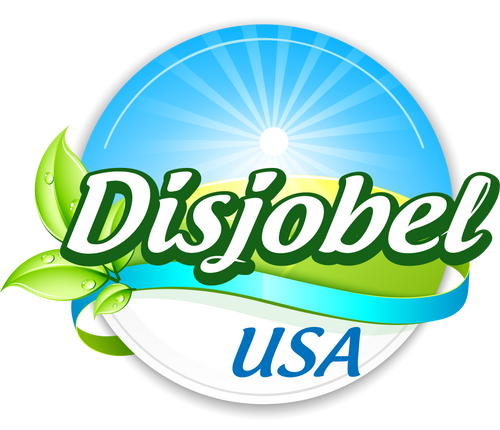The art of preserving food has been vital to humans throughout history. Before artificial refrigeration was invented, people used other techniques to keep perishable goods for longer periods. Fruit preservation has played a big role in this because of the highly nutritious components of these products.
Let’s go over the importance of fruit preservation and some of the easiest and most popular techniques.
The importance of fruit preservation in the food industry
- Fruit variety: people can get fruits that are out of season.
- Longer shelf life: in their natural state, fruits will spoil quickly. When preserved, they have a longer life.
- Increases food supply: since they have a longer life, fruit preservation (See also: Fruit puree) helps to keep a good food supply, especially when fresh food is scarce.
- Decreases wastage of food: fruits go to waste when there are poor storage conditions. If you use natural preservatives to conserve them, you can prevent a large amount of wastage.
- Decrease dietary inadequacies: preserved fruits can travel to other countries that cannot grow them. This helps to complete dietary requirements that will otherwise be impossible to meet.

5 Methods for fruit preservation
1. Drying
This is one of the oldest fruit preservation techniques. For centuries, people have been sun-drying fresh products to avoid enzyme activity or the growth of microorganisms. You can still do it the old way, but it will only work in dry climates. Nowadays, you can use an electric dehydrating machine to get your dried mangos or tomatoes in minutes.
2. Sugaring
Or what we call preserves with sugar. The use of a high concentration of sugar in some products makes molds and yeast difficult to grow. You can boil this mixture until the fruit forms a gel, then store it in sterilized jars, and you will get jams and jellies. You can also mix the puree with an equal weight of sugar and then heat it to remove the water. Let it cool and dry and you will have fruit cheeses.
3. Canning
Cans and glass jars are suitable for fruit preservation. The trick here is to sterilize the containers in boiling water to kill the enzymes and microorganisms. Once cleaned, you can fill them with the fruit puree, pulp, or pieces and put the jars back into a pot full of boiling water for about 10 minutes. While they cool, vacuum the seal to avoid contamination.
4. Pickling
The fruits need to soak in brine (salt solution) for a few days. Then you put them in jars that are full of cold vinegar. Finally, to sterilize the containers, you can follow the canning method to create a vacuum seal. The difference with the previous technique is that pickling will not change the texture of the product too much and will have a vitamin boost.
5. Freezing
This is the most common process in fruit preservation. The idea of freezing any fruit you want is to have it available all year round. Just place pieces of fresh fruits on a baking tray and put them in the freezer. Once frozen, put them in a bag and they will be easier to use in batches, preventing those clumps that are impossible to break.
Old and new, these techniques are easy to do at home if you follow the instructions carefully. However, if you are thinking of making your fruit preservation hobby into a business, you need to check the food certifications your local government might require. But before taking that big step, find the method that works best for you and different fruits that complement that method, because flavors and textures can change after preservation.
References
CHOMBA, G. (2020, JANUARY 28). WHY FOOD PRESERVATION IS IMPORTANT. FARMKENYA.
COLÓN-SINGH, R. (2016, JULY 31). HOW TO PRESERVE FOOD, METHODS AND TECHNIQUES. FINE DINNING LOVERS.
RETRIEVED FROM HERE
FOOD AND AGRICULTURE ORGANIZATION OF THE UNITED STATES. (N.D.). PREVENTION OF POST-HARVEST FOOD LOSSES FRUITS, VEGETABLES AND ROOT CROPS A TRAINING MANUAL. ROMA, ITALIA. FAO.
RETRIEVED FROM HERE





















